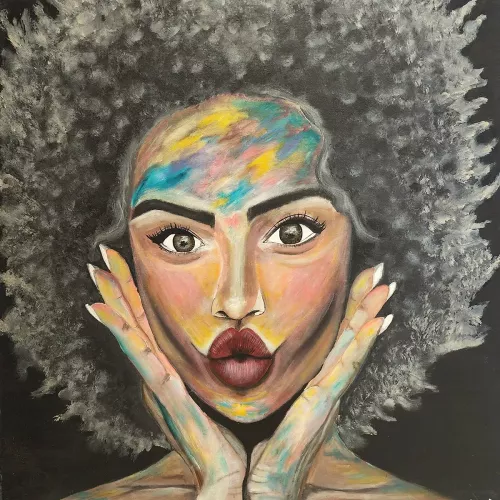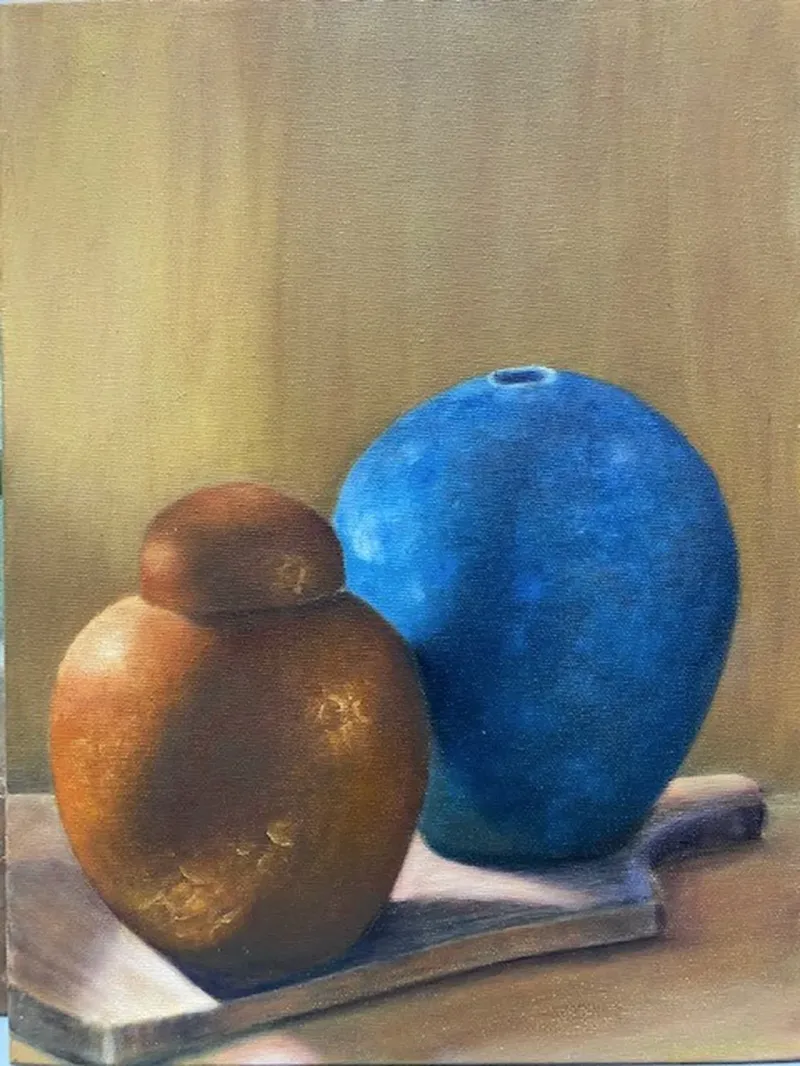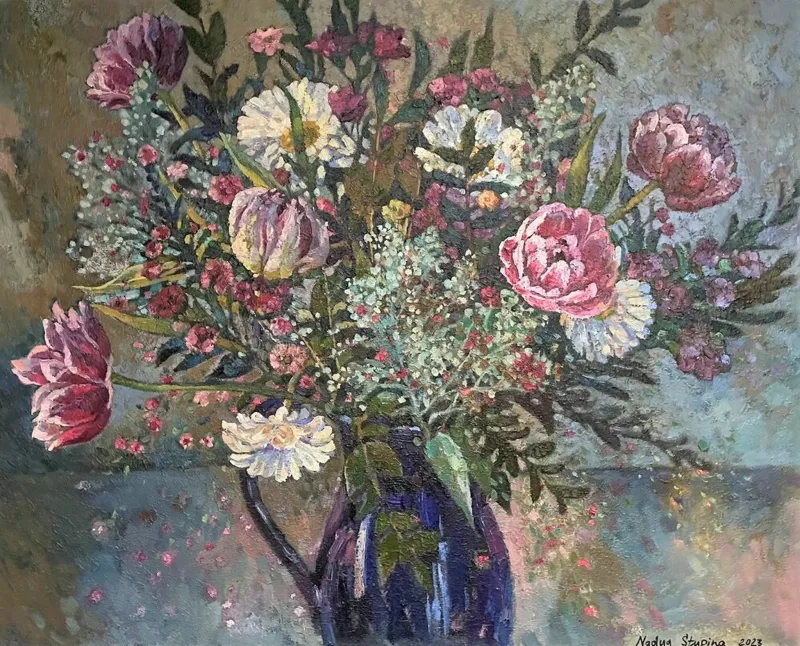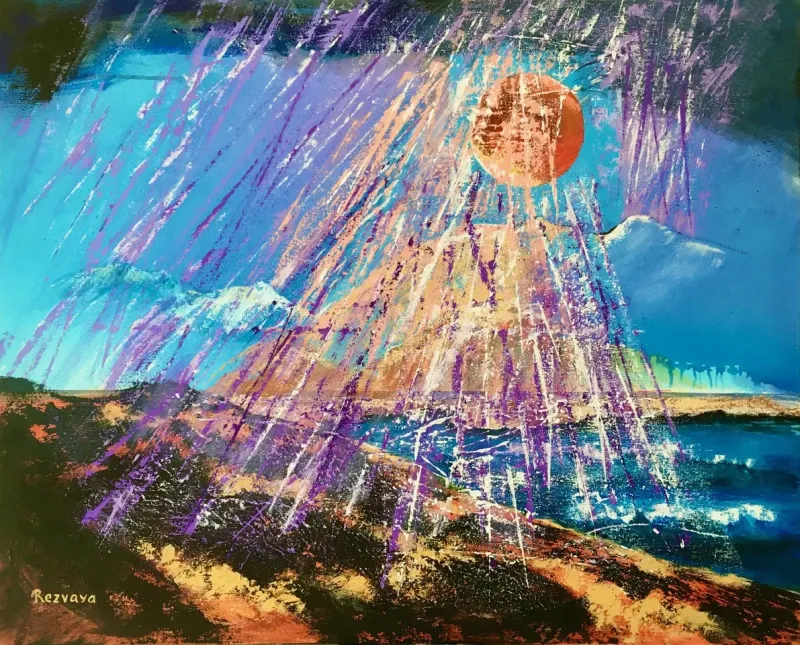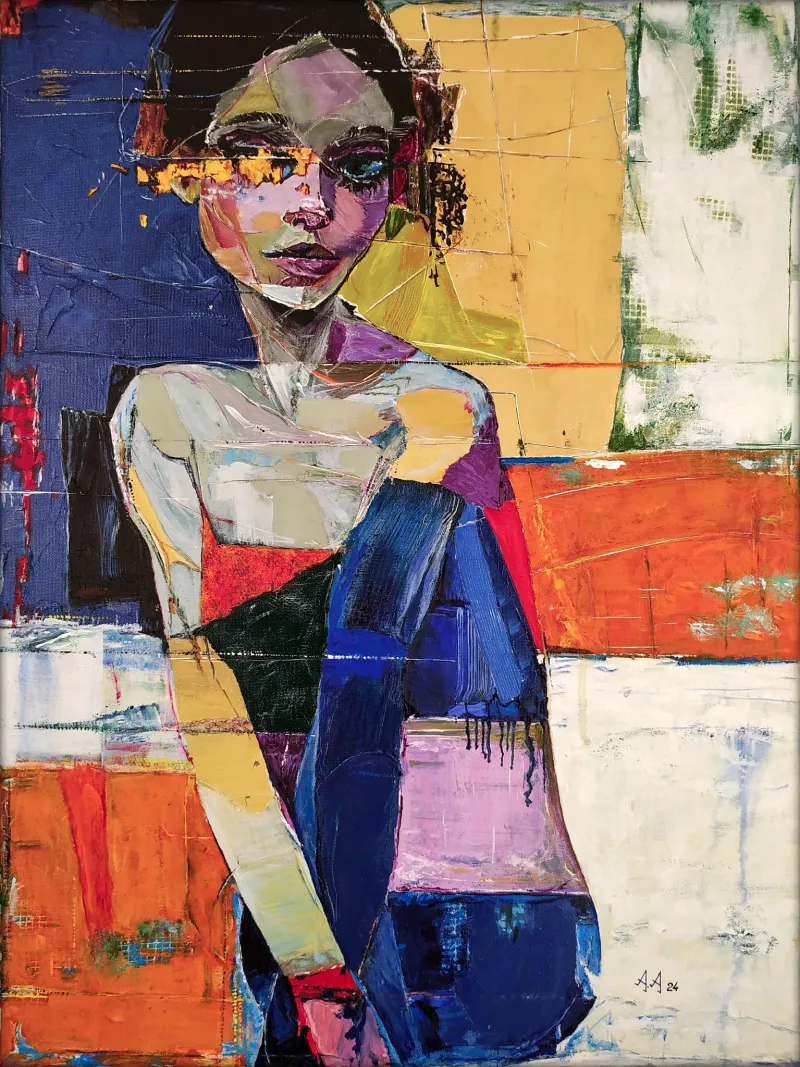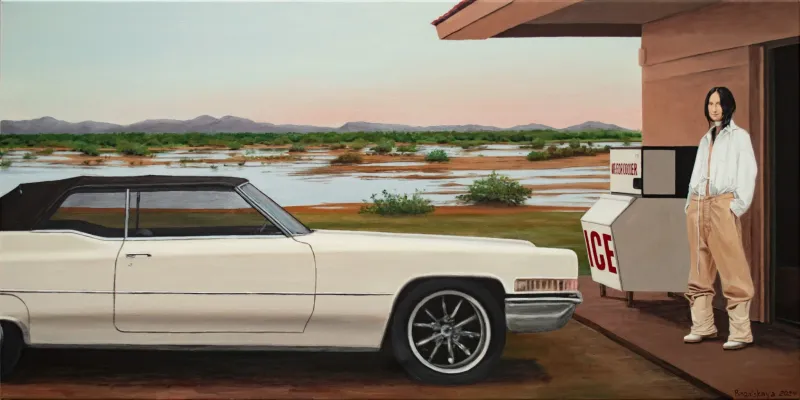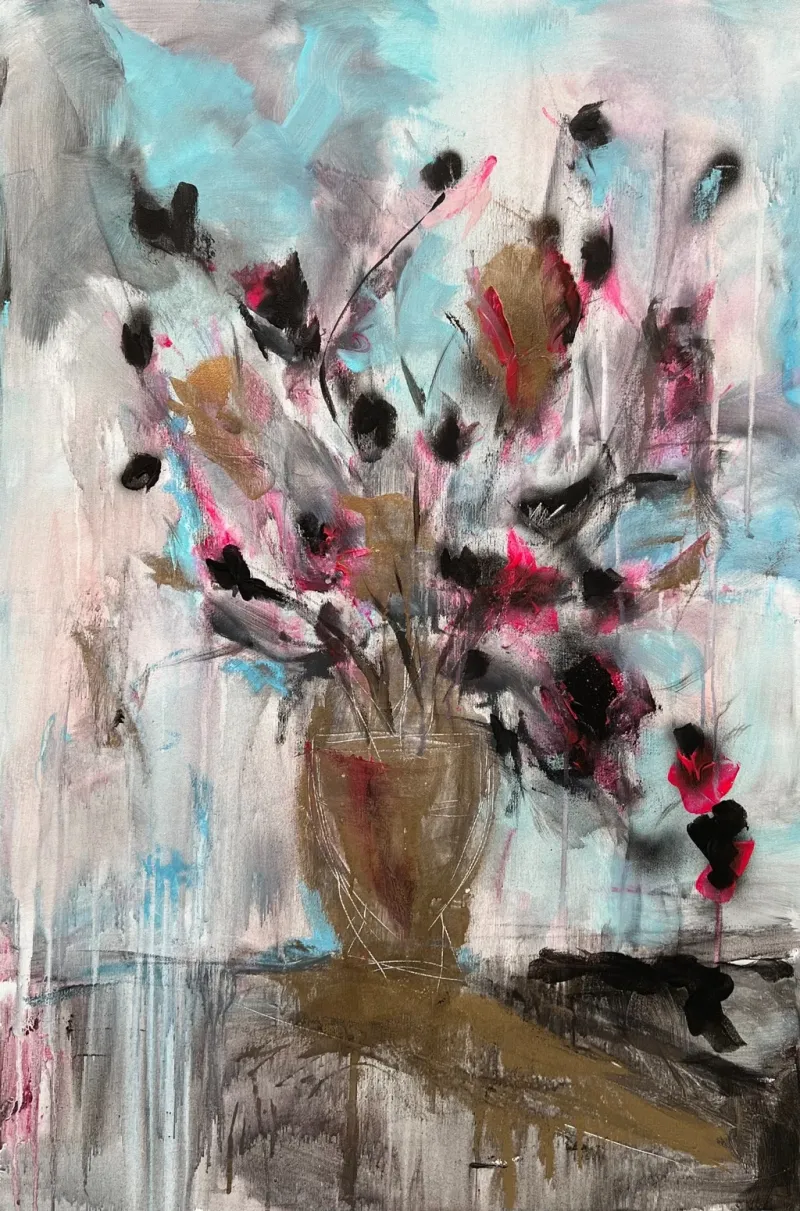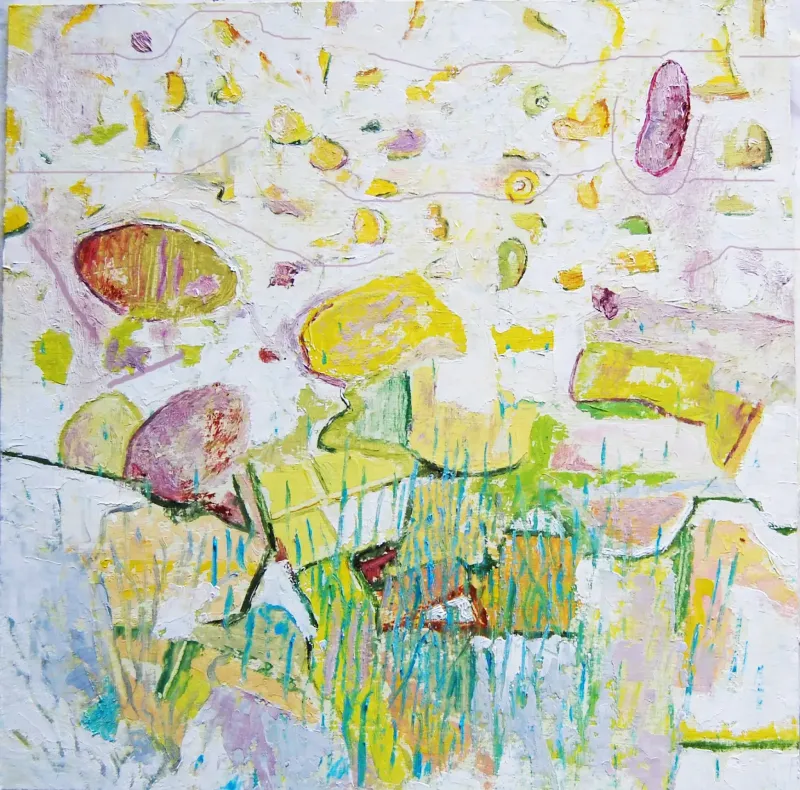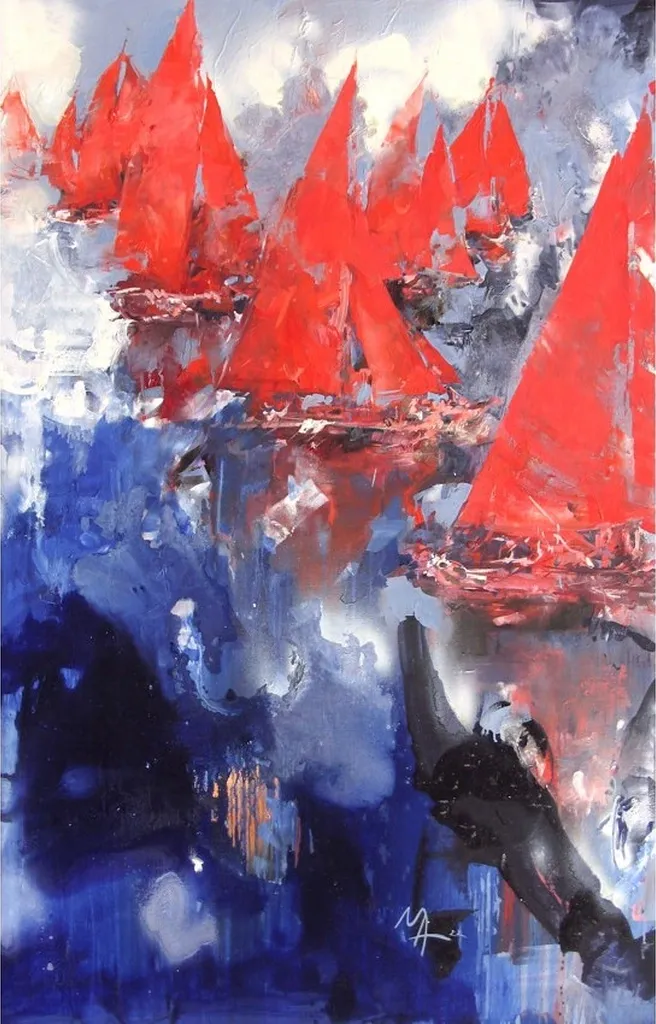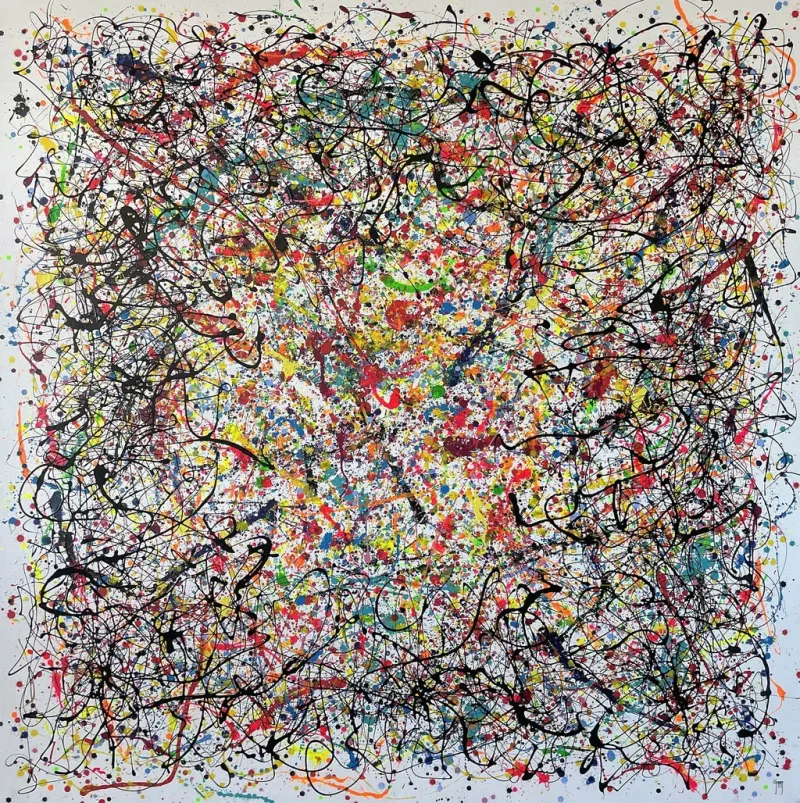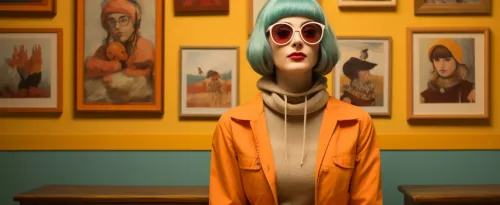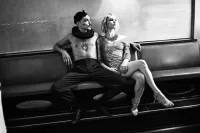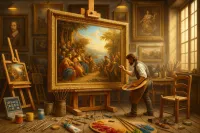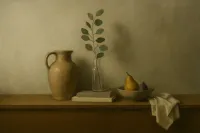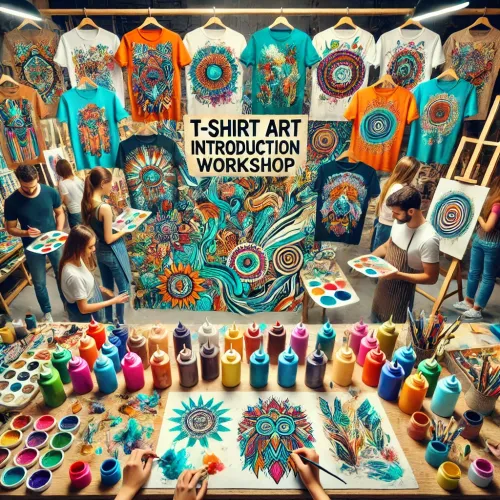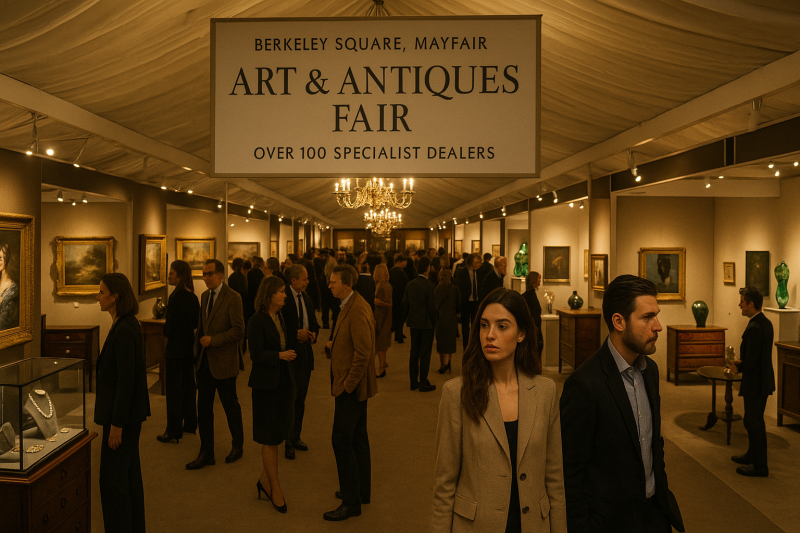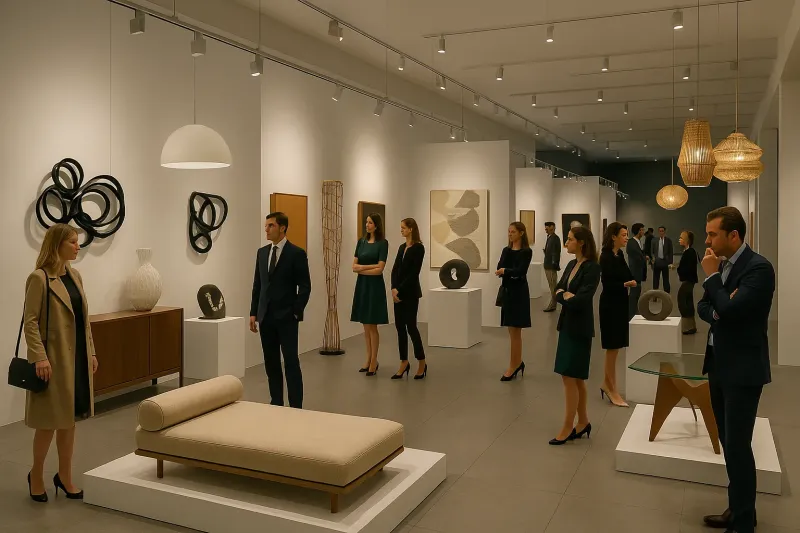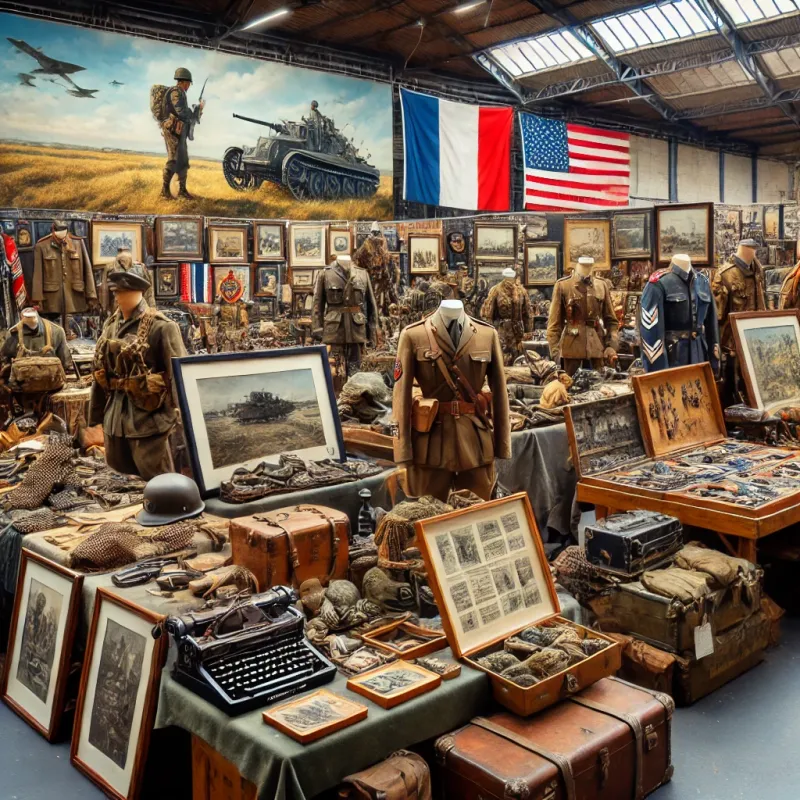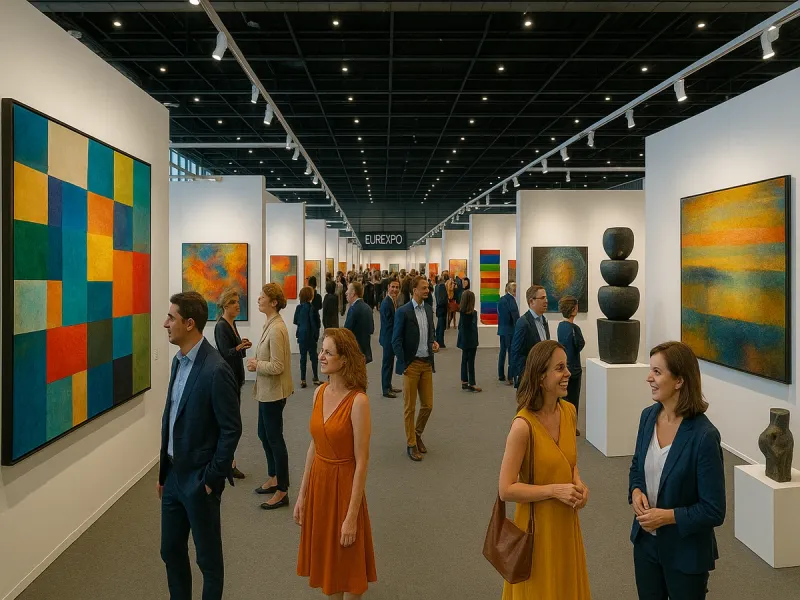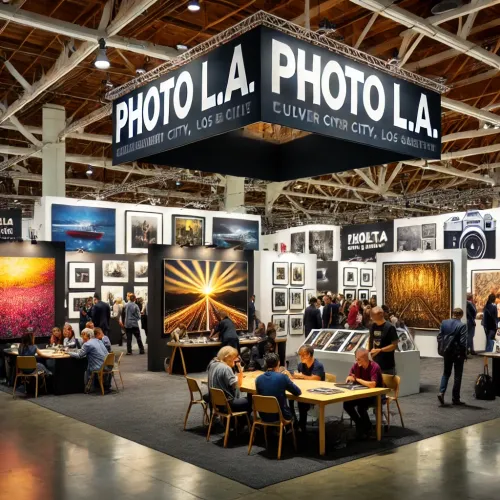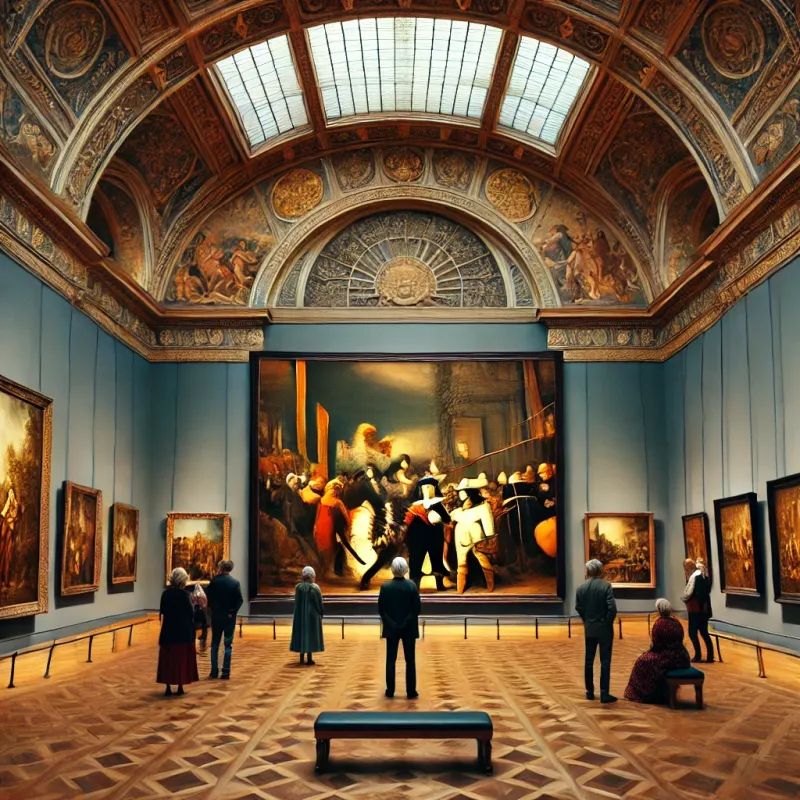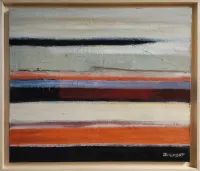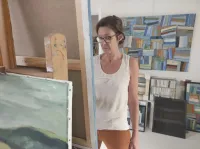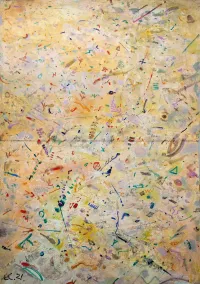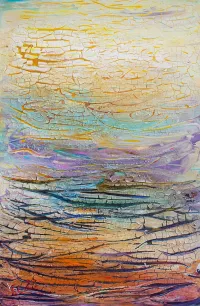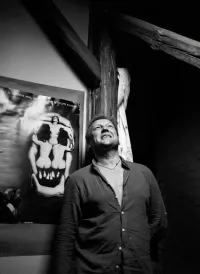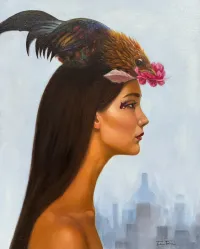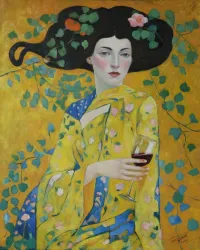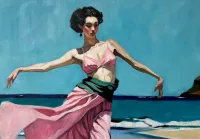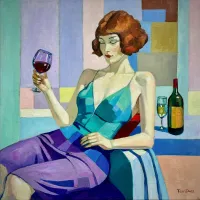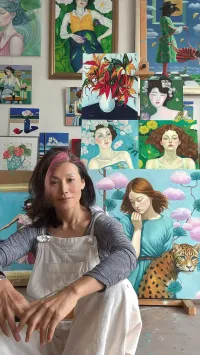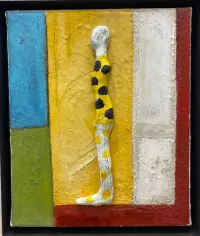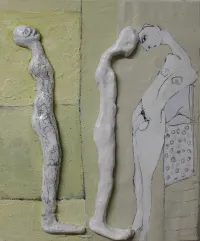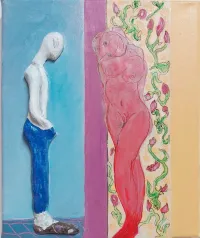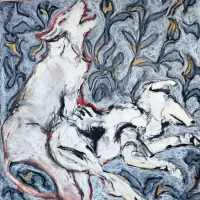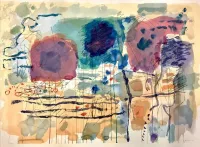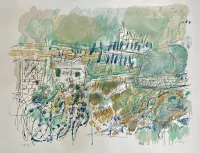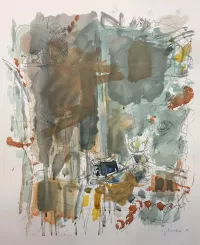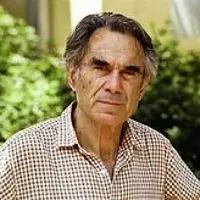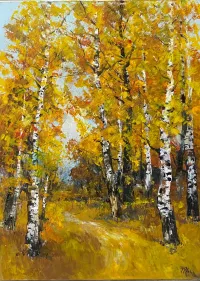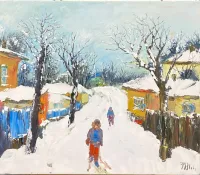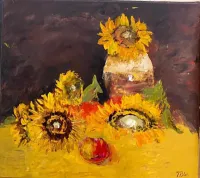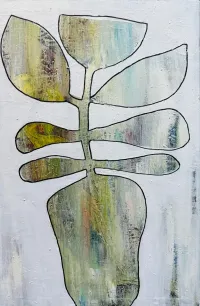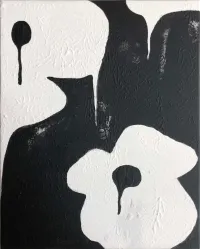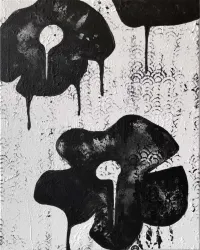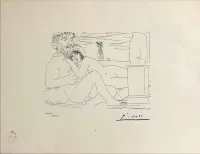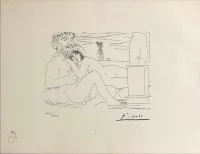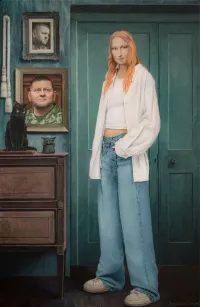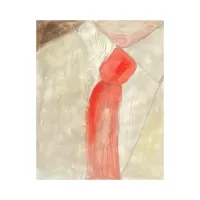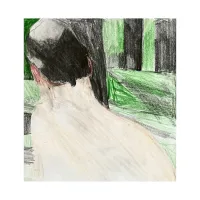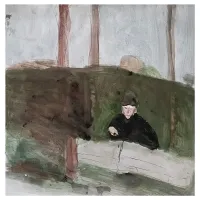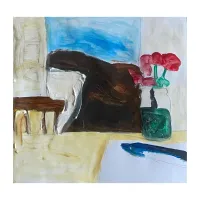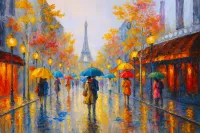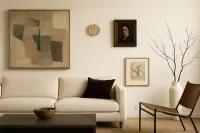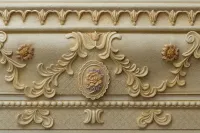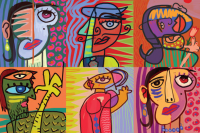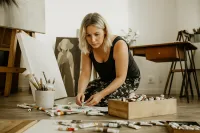The Lifecycle of a Modern Art Painting
The Dynamic Journey of Modern Art- From Concept to Collector
Published:
 The Lifecycle of a Modern Art Painting
The Lifecycle of a Modern Art Painting
The Dynamic Journey of Modern Art- From Concept to Collector
Understanding the Lifecycle of Modern Art Paintings
The journey of a modern art painting has many steps. It starts as an idea in the artist's mind. The artist then makes the painting using canvas and paints. Next, the art galleries or museums display the painting to the public. If the artist becomes popular, their paintings sell for more money at auctions. Rich art collectors buy these expensive paintings as investments. The selling price goes up and down depending on how much collectors want that artist's paintings. Some modern paintings can sell for millions of dollars. But most paintings do not gain as much fame or value.
The Genesis of a Modern Art Painting
A modern art painting begins as a thought in the artist’s imagination. The artist thinks about what moods, feelings or ideas they want to communicate visually. Next, they plan the composition by sketching images or shapes on paper. When their creative vision takes form, the artist stretches and primes a canvas. Then they use acrylic or oil paints to bring the composition to life with color and texture. Brush strokes convey emotions. The artist experiments freely, layering paint to achieve desired effects.
How Reputation Impacts Lifecycle
If a modern artist gains fame, the market value for their artwork rises. Well-known artists like Andy Warhol, Roy Lichtenstein, Jackson Pollock and Jean-Michel Basquiat created signature styles that collectors covet. Galleries eagerly acquire and exhibit paintings by reputable artists because that also builds the gallery’s status. Auction houses capitalize on an artist’s celebrity to drive bidding wars for rare pieces or newly discovered works.
Exhibition and Exposure: From Galleries to Social Media
For modern art paintings, gaining public exposure drives value. Artists submit work to juried gallery shows seeking recognition. Winning placement puts paintings before more eyeballs, making sales more likely while also enhancing artistic credibility. Galleries, museums and other venues host exhibitions to spot new talent and promote both emerging and established artists. Beyond physical spaces, internet sites and social media enable artwork exposure worldwide.
Where Art Meets Commerce
Auction houses run high-drama sales converting art into hard currency. Specialized auctioneers like Sotheby’s and Christie’s cater to elite artists, galleries and billionaire collectors. They identify valuation trends, authenticate works, assess provenance and effectively market exclusive events to maximize bidding revenue. Sales generate millions for coveted pieces by Pablo Picasso, Claude Monet, Vincent Van Gogh and contemporaries like Jeff Koons or Gerhard Richter. Though less prominent, regional auction houses also orchestrate art sales.
The Audience of Modern Art Auctions
Ultra-wealthy buyers dominate the top-tier modern art auction scene, spending outrageous sums to collect cultural trophies and assets. Billionaire collectors include David Geffen, Francois Pinault and Steve Cohen. Beyond the mega-rich, there is an upper-class stratum of collectors who attend prominent art auctions searching for gems to purchase within just six figures rather than eight. Museums may buy impactful works donors did not already fund.
How Auctions Set Market Value
Auctions establish the monetary value for modern artworks based on demand determinants. If multiple collectors covet a painting because its artist rouses bidding wars, the final hammer price exceeds estimates and sets a new benchmark. That painting’s value is appreciated, as do other works by that artist. However, if a painting fails to sell during auction because bids missed the undisclosed reserve price, the unsold work declines in perceived worth.
The Ever-Changing Dynamics of Modern Art
Modern art encompasses diverse creative explorations beyond traditional aesthetics. As contemporary artists push boundaries using new mediums and technologies, they spark original genres redefining this era’s avant-garde direction. Exciting art movements lie ahead. The notoriety and values associated with 20th-century modern art masterpieces originated in their time’s artistic upheaval. Current experiments happening in studios, warehouses and digital spaces will shape what the next generations deem modern classics.



